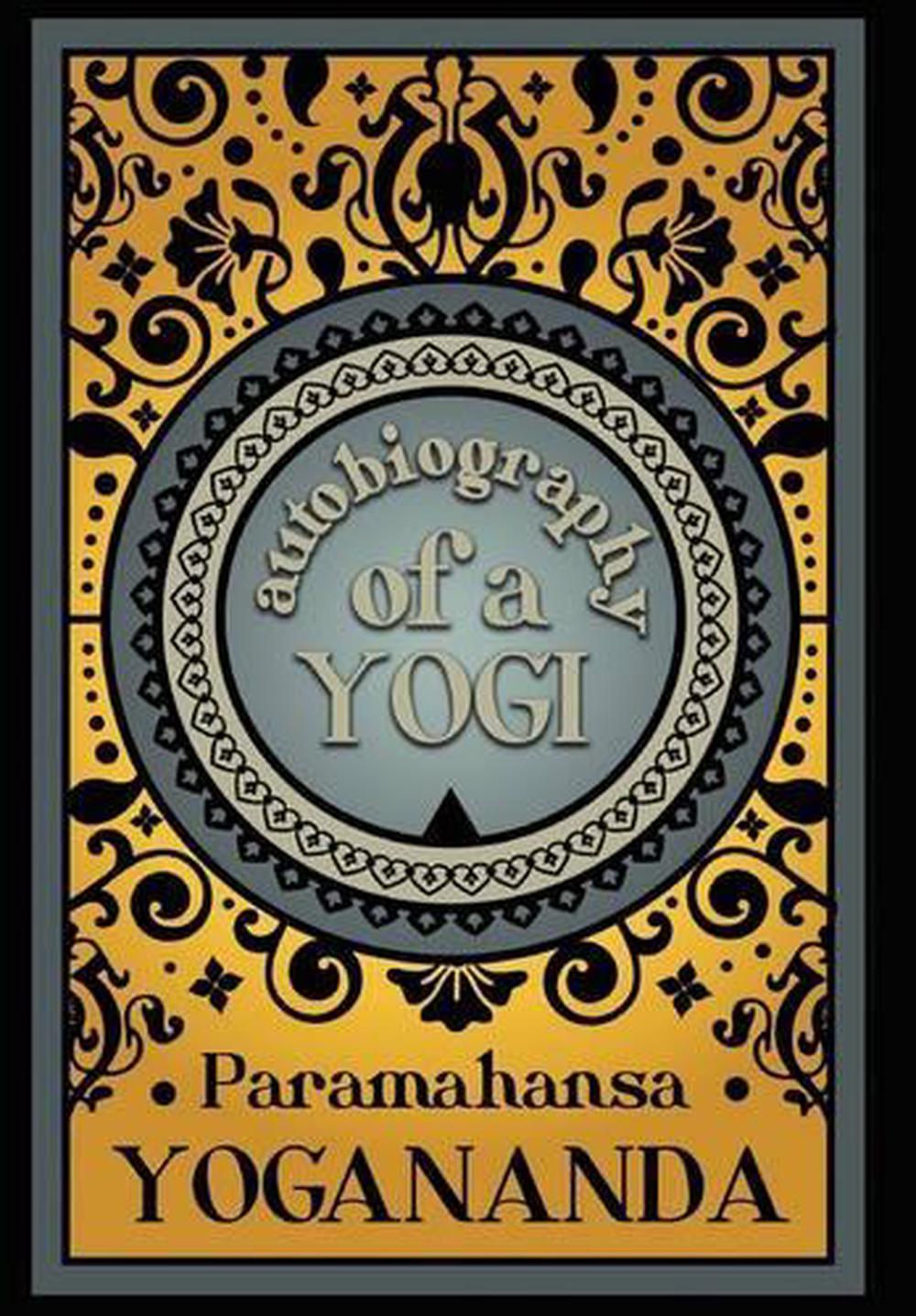
The two texts employ similar stock phrases and compounds that are not found in the Ramayana. Stylistically, the Skanda Purana is related to the Mahabharata, and it appears that its composers borrowed from the Mahabharata. It is, therefore, very difficult to establish an exact date of composition for the Skanda Purana. The original text has accrued several additions, resulting in several different versions. Some of these texts, except for the title, have little in common with the well known Skanda Purana traced to the 1st-millennium CE. There are a number of texts and manuscripts that bear the title Skanda Purana. Some recensions and sections of the Skanda Purana manuscripts, states Judit Torzsok, have been traced to be from the 17th-century or later, but the first 162 chapters in many versions are the same as the older Nepalese editions except for occasional omissions and insertions. It is unclear if their root texts did belong to the Skanda Purana, and in some cases replaced the corresponding chapters of the original. The critical editions of the text, for scholarly studied, rely on the Nepalese manuscripts.Īdditional texts style themselves as khandas (sections) of Skanda Purana, but these came into existed after the 12th-century. The oldest versions of the Skanda Purana texts have been discovered in the Himalayan region of South Asia such as Nepal, and the northeastern states of India such as Assam. Hans Bakker states that the text specifies holy places and details about the 4th and 5th-century Citraratha of Andhra Pradesh, and thus may have an earlier origin. Isaacson dated the oldest surviving palm-leaf manuscript of Skanda Purana to 810 CE, but Richard Mann adds that earlier versions of the text likely existed in the 6th-century CE. This suggests that the original text existed before this time. They dated the manuscript to 7th century CE, on paleographic grounds. Haraprasad Shastri and Cecil Bendall, in about 1898, discovered an old palm-leaf manuscript of Skanda Purana in a Kathmandu library in Nepal, written in Gupta script. This Mahāpurāṇa, like others, is attributed to the sage Vyasa. The editions of Skanda Purana text also provide an encyclopedic travel handbook with meticulous Tirtha Mahatmya (pilgrimage tourist guides), containing geographical locations of pilgrimage centers in India, Nepal and Tibet, with related legends, parables, hymns and stories. The common elements in the variant editions encyclopedically cover cosmogony, mythology, genealogy, dharma, festivals, gemology, temples, geography, discussion of virtues and evil, of theology and of the nature and qualities of Shiva as the Absolute and the source of true knowledge. It is considered by scholars, in a historic sense, as among the "shiftiest, living" texts which was widely edited, over many centuries, creating numerous variants. The earliest text titled Skanda Purana likely existed by the 6th-century CE, but the Skanda Purana that has survived into the modern era exists in many versions. The text has been an important historical record and influence on the Hindu traditions related to war-god Skanda. While the text is named after Skanda, he does not feature either more or less prominently in this text than in other Shiva-related Puranas. The text contains over 81,000 verses, and is part of Shaivite literature, titled after Skanda, a son of Shiva and Parvati, who is also known as Kartikeya and Murugan. The Skanda Purana is the largest Mahāpurāṇa, a genre of eighteen Hindu religious texts. Skanda Purana Hindu audio book Introduction and Summary Skanda Purana English Translation Part 20.Skanda Purana English Translation Part 19.Skanda Purana English Translation Part 18.Skanda Purana English Translation Part 17.Skanda Purana English Translation Part 16.Skanda Purana English Translation Part 15.Skanda Purana English Translation Part 14.Skanda Purana English Translation Part 13.Skanda Purana English Translation Part 12.Skanda Purana English Translation Part 11.Skanda Purana English Translation Part 10.Skanda Purana English Translation Part 9.


Skanda Purana English Translation Part 8.Skanda Purana English Translation Part 7.Skanda Purana English Translation Part 6.Skanda Purana English Translation Part 5.



 0 kommentar(er)
0 kommentar(er)
